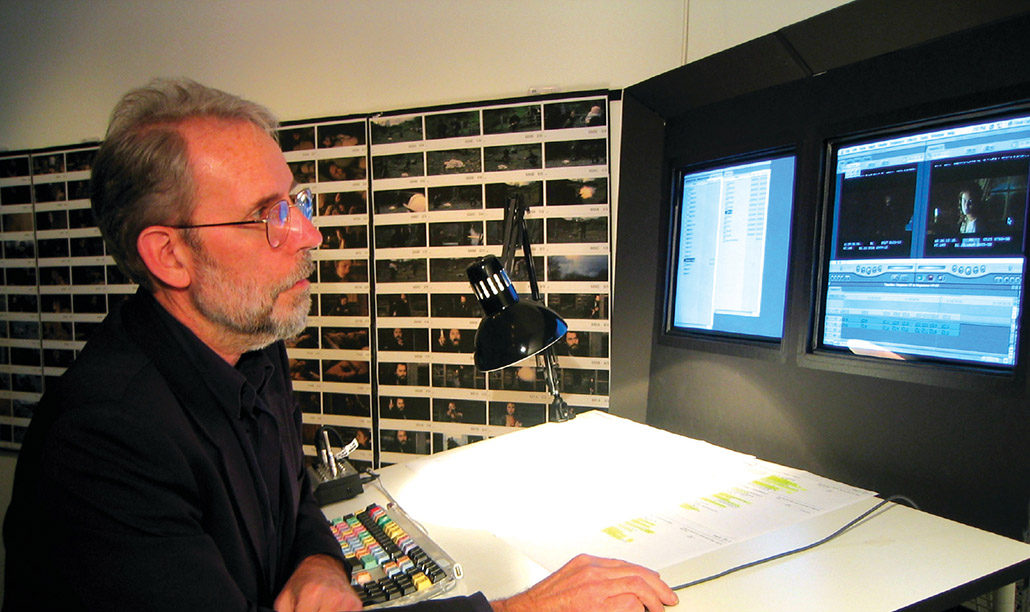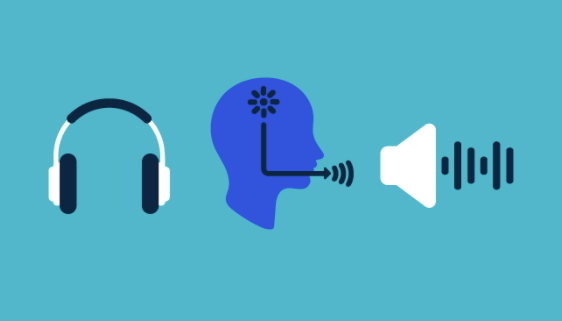What's your favourite film? Who made it so unforgettable? We recently asked a few Edmodo Classroom users this question about what sound in a movie they had most memorable about? And they gave us a great response. The range was important as some people recalled a film's orchestral sound. Audio parts such as the Superman or Star Wars have been included in the list. Harry Potter and the Pink Panther were also mentioned. This was a distinct element of audio that improved a film as an interlude to music.
Another aspect of audio as a major additive was its influence. This is not new, theatre performances used sandboxes, twigs and cups, and more since before the Shakespeare era. We still think of classic BBC films as they have done so many soundtracks to boost their films.
Some of them recalled the Jaws theme, "da duh da duh!" Classics such as the crying sound were listed during Alfred Hitchcock's Psycho movie and the more recent "Transform" sound in Transformers. Such sounds are synonymous with the film, or even a single person in the film. Think about R2D2 for a moment in Star Wars. He never says a word, only blips and bleeps, but through a few basic electronic tones, the sound-artist communicated feelings like anticipation and deceit. This unforgettable reputation makes it deserving of the brand in the course of time and is now a popular product for and approved by the franchise.
What were some of the sounds you most recall in a movie, novel, commercial or anything?
Award-winning Sound Designer and Editor of Hollywood, Walter Murch, has been working on films such as Apocalypse Now, The English Patient, The Godfather II and many more. As he worked on sound for Apocalypse Now, he said, "We began with the script," so that when they directed the images, they thought about sounds. This collaborative effort allowed them to create environments around the characters that do not need to be physically represented.

Audio shouldn't be a visual slave, but instead should be treated when all parts are in production so that they can cooperate as an element. Another great sound designer and editor from such big movies as Forest Gump, Randy Thom, has entered this list in an article he wrote in 1999 titled "Designing a sound movie."

Sound effects, audio, music and soundtracks can do the following things and much more:
• Suggest a tone, cause a feeling
• Set a pace
• Specify a geographical area
• Indicate a time in history
• Plot clarity
• Set a character
• Link thoughts, characters, locations, pictures or moments otherwise unconnected
• Raise or decrease realism
• Raise or decrease uncertainty
• Draw focus or distance from a description
• Indicate time shifts
• Smooth transitions between shots or scenes otherwise abrupt
• Focus a dramatic impact change
• Definition of acoustic room
• Release or soothe
• Exaggerate or mediate action
Of course, like everything related to design, particularly presentations, there are clichés to avoid. Except for a story or theme in your presentation, the context is important and audio should not be used "only because."
Nevertheless, certain ambient sounds in the area will enhance a dramatic picture of a new business location. If you have a diagram that shows how quiet your product is relative to a rival, why not let people hear that?
It is another aspect that many people never explore, and it is very easy to add audio to a presentation. You may use the transition function to apply it to an object in a custom animation or over a sequence of slides. Both PowerPoint and Keynote are very capable of this media element, but the sound makes the experience special for your audience.

